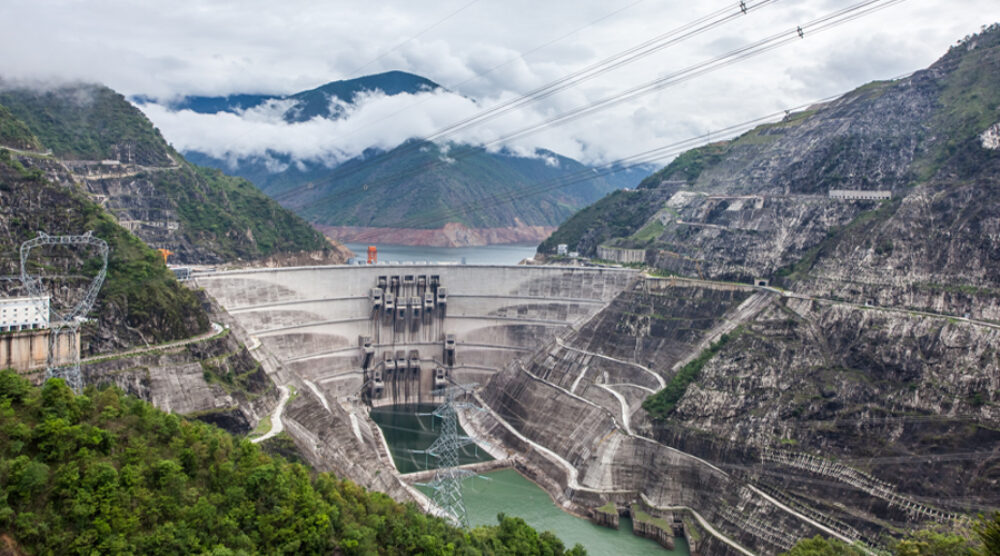SOVINDA PO AND CHRISTOPHER PRIMIANO |
Among the internal players in the Mekong region, Thailand is the most powerful and the most proactive. In contrast, Vietnam does not have a Vietnamese-led institution that enables it to project more influence over Mekong countries. One way that Vietnam could challenge China in the Mekong is by raising the Mekong issue during the ASEAN Summit Meeting. Nonetheless, Vietnam, at this point, is not a target for Chinese institutional balancing. Other Mekong countries, (e.g. Myanmar, Laos, and Cambodia) remain silent on the Mekong issues, for these countries rely heavily on Chinese economic support.
Thailand is a different case. Thailand has advanced an initiative that strengthens its power and counterbalances China’s influence. For China, incorporating Thailand into its Lancang-Mekong Cooperation (LMC) is important for two reasons. First, via the LMC, China aims that Thailand will not form an institutional balancing effort with other powers, such as the US and Japan, as Thailand is the closest ally of the US in mainland Southeast Asia. While China has forged close economic ties with Bangkok in recent years, this security arrangement between Thailand and the US, in addition to the current institutional collaborations among Thailand, the US, and Japan, is a serious concern for Beijing. Thailand, the US, and Japan have all have pledged to work together to develop the Mekong region.
Please click here to read the full “The Inclusive Institutional Balancing of the Lancang-Mekong Cooperation” article published at Australian Outlook, written by Griffith Asia Institute PhD candidate, Sovinda Po and Christopher B. Primiano.








